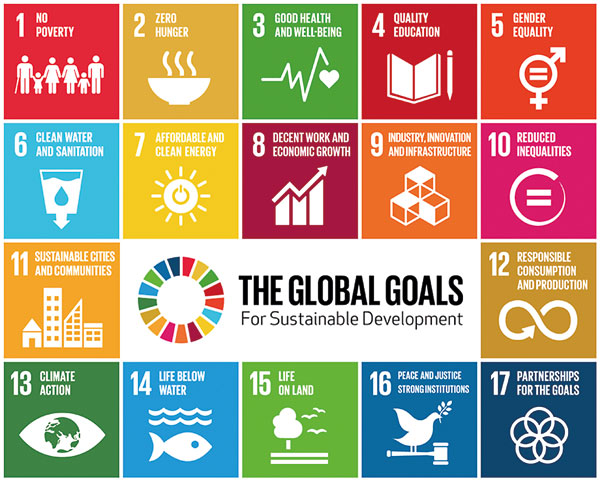07 Jan 2016 - {{hitsCtrl.values.hits}}

.jpg) The Sustainable Development Goals (SDGs), also known as the “Global Goals” came into effect this year. The SDGs are built upon the achievements of the Millennium Development Goals (MDGs), the eight goals that the world committed to achieve, by the end of 2015.
The Sustainable Development Goals (SDGs), also known as the “Global Goals” came into effect this year. The SDGs are built upon the achievements of the Millennium Development Goals (MDGs), the eight goals that the world committed to achieve, by the end of 2015.
26 Nov 2024 1 hours ago
26 Nov 2024 2 hours ago
26 Nov 2024 3 hours ago
26 Nov 2024 3 hours ago
26 Nov 2024 3 hours ago